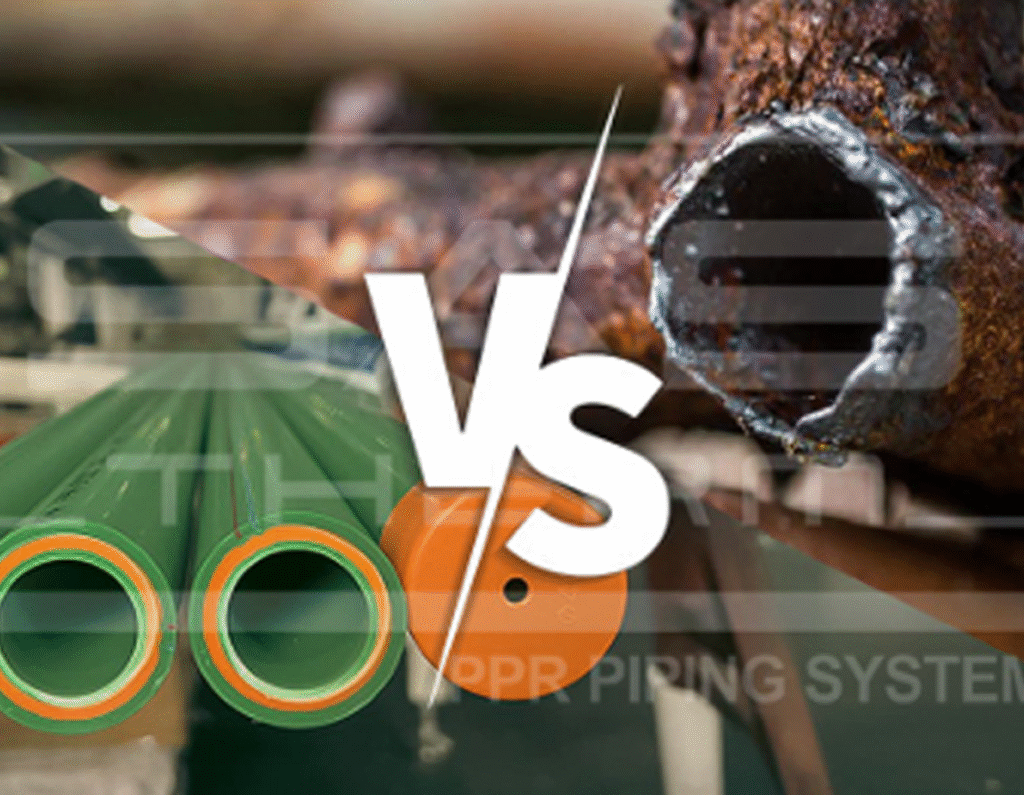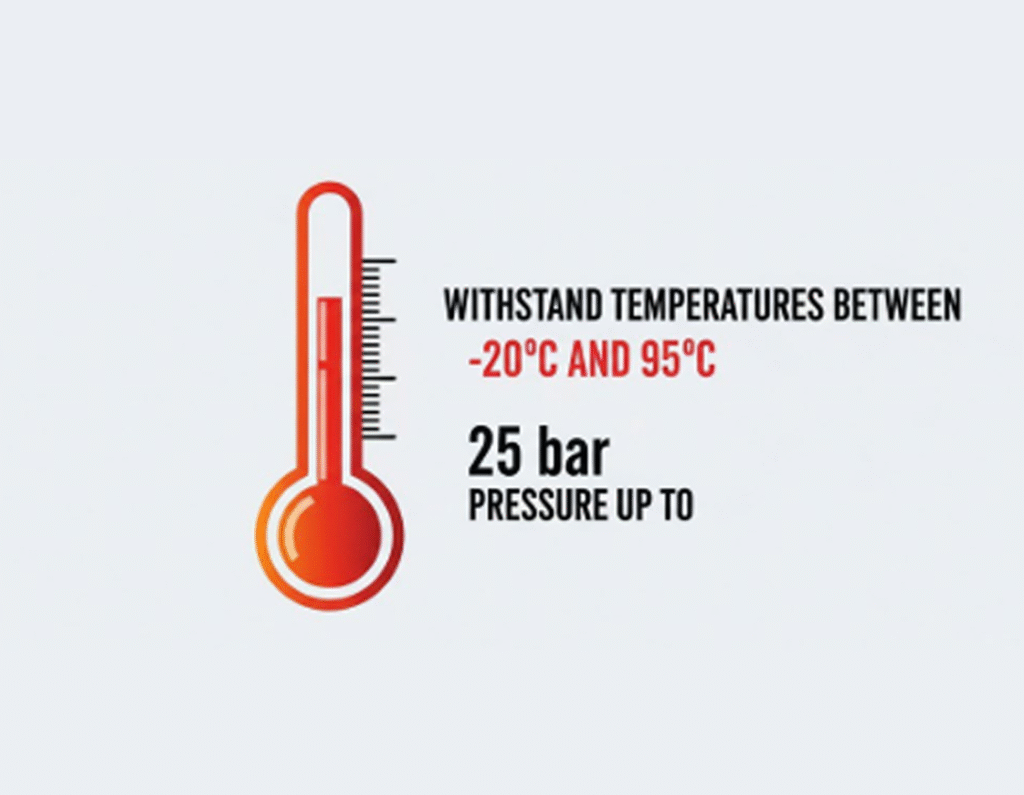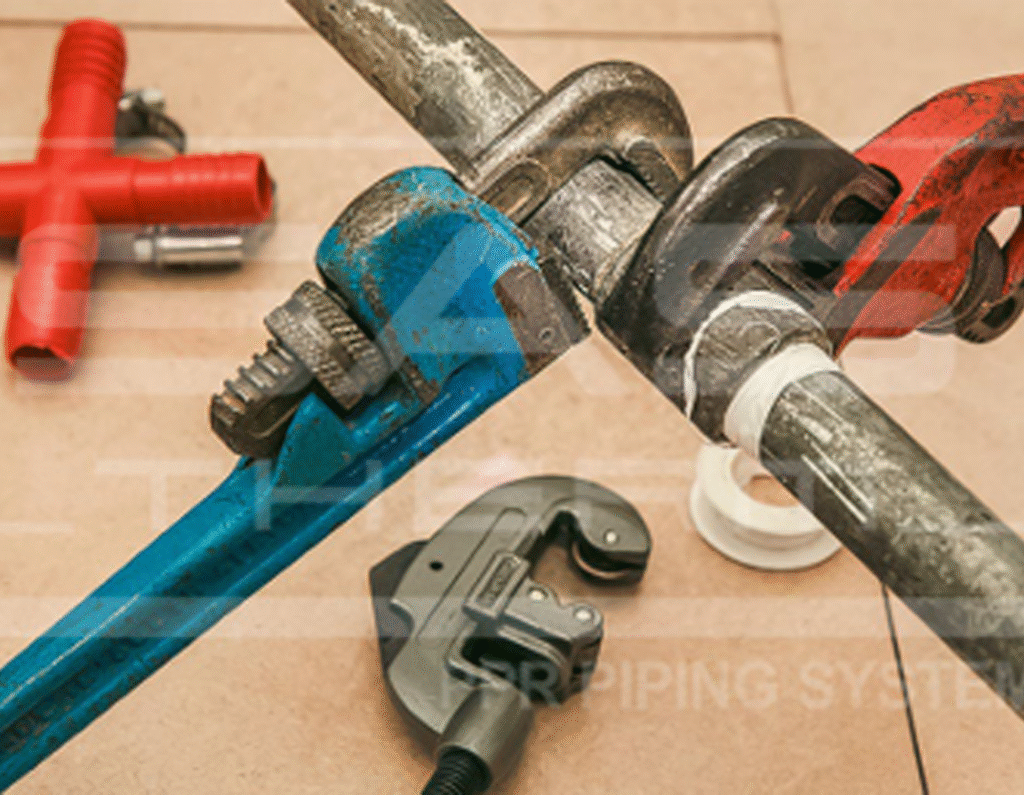- info@sastherm.com
- 00393202628331
In the world of plumbing, the last few decades have seen a significant shift in materials and technologies.
While traditional systems such as galvanized steel fittings and older plastics (PVC) were once dominant,
modern PPR piping systems have emerged as a more efficient, durable, and reliable solution.
In this article, we explore the key differences between these systems, and why PPR has become the first
choice for engineers and contractors worldwide.


1. Materials and Manufacturing
• Traditional Systems:
Made of galvanized steel pipes and fittings, which are heavy, prone
to internal corrosion over time, and require threading tools or welding
for installation. These materials often degrade faster in harsh
environments, especially when exposed to humidity or acidic water.
• PPR Systems:
Made from Polypropylene Random Copolymer (Type 3), PPR pipes
are lightweight, corrosion-resistant, and long-lasting with a lifespan
exceeding 50 years. Heat fusion welding ensures leak-proof joints and
ease of installation, although it requires a specialized heat fusion tool
that is easy to operate and ensures consistent performance.
Note: Installation time can be reduced by up to 40% compared to galvanized
systems.
2. Pressure and Temperature Resistance
• Traditional Systems:
Typically have limited
resistance to high pressure
and heat. Galvanized steel
can corrode and weaken over
time under thermal stress.
• PPR Systems:
Can withstand temperatures
up to 95°C and pressure up
to 25 bar, making them ideal
for hot and cold water supply
and heating systems.

3. Water Safety and Hygiene
• Traditional Systems:
Internal corrosion or scaling may affect
water color, taste, or quality.
• PPR Systems:
Non-toxic, non-reactive, and approved for
drinking water applications (often certified
by bodies like WRAS or NSF). Maintains
water purity.

4. Ease of Installation and Maintenance
• Traditional Systems:
Require skilled labor, threading machines,
welding equipment, and take more time to
install.
PPR Systems:
Easy and fast to install using heat fusion tools.
Reduces labor costs and installation time
significantly.



5. Long-Term Cost Efficiency
• Traditional Systems:
Higher maintenance costs due to corrosion, leakage, or pipe degradation.
• PPR Systems:
Low maintenance, long service life (50+ years), and fewer repairs — making it a smart long-term
investment.

Comparison Table – PPR vs. Galvanized Pipes
Conclusion
Modern PPR piping systems offer a complete solution that combines safety, durability, flexibility, and
cost-effectiveness. They are not just an alternative to traditional plumbing — they have become the new
standard in residential, commercial, and industrial projects alike.
is a specialized company focused on the engineering design
and development of high-performance PPR (polypropylene random copolymer) pipe fittings and
accessories
09:00 Am - 6:00 Pm
© 2025 Created with sastherm.com